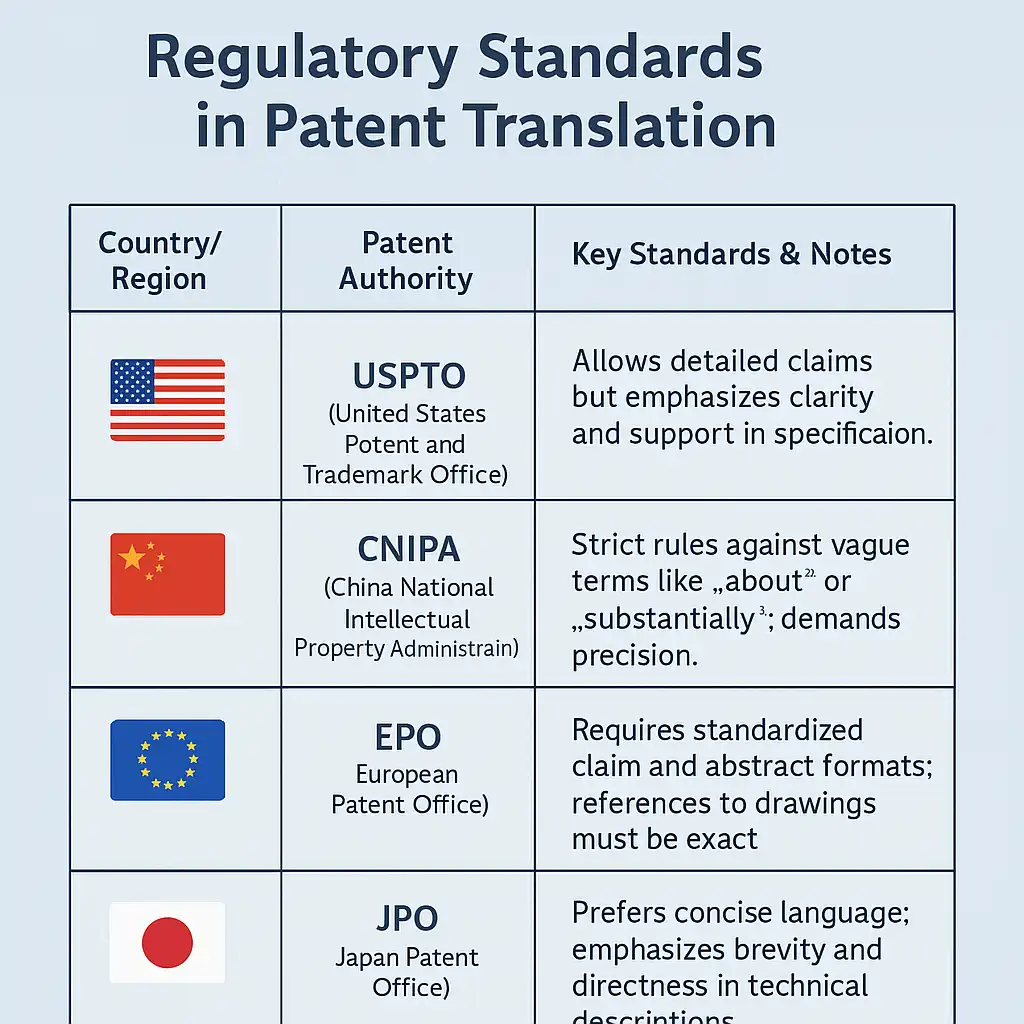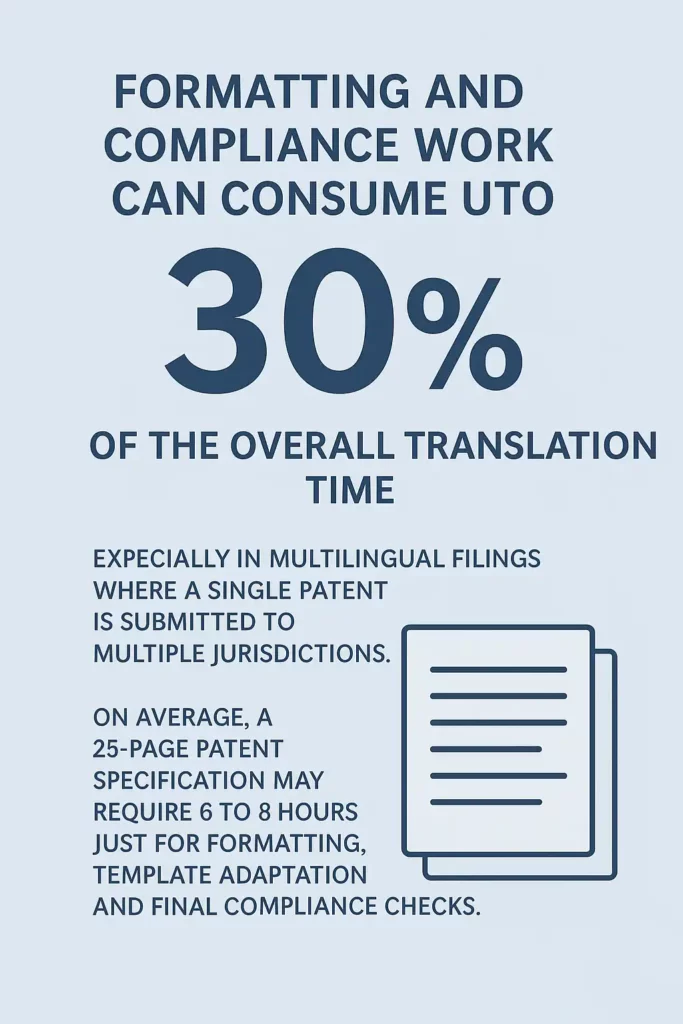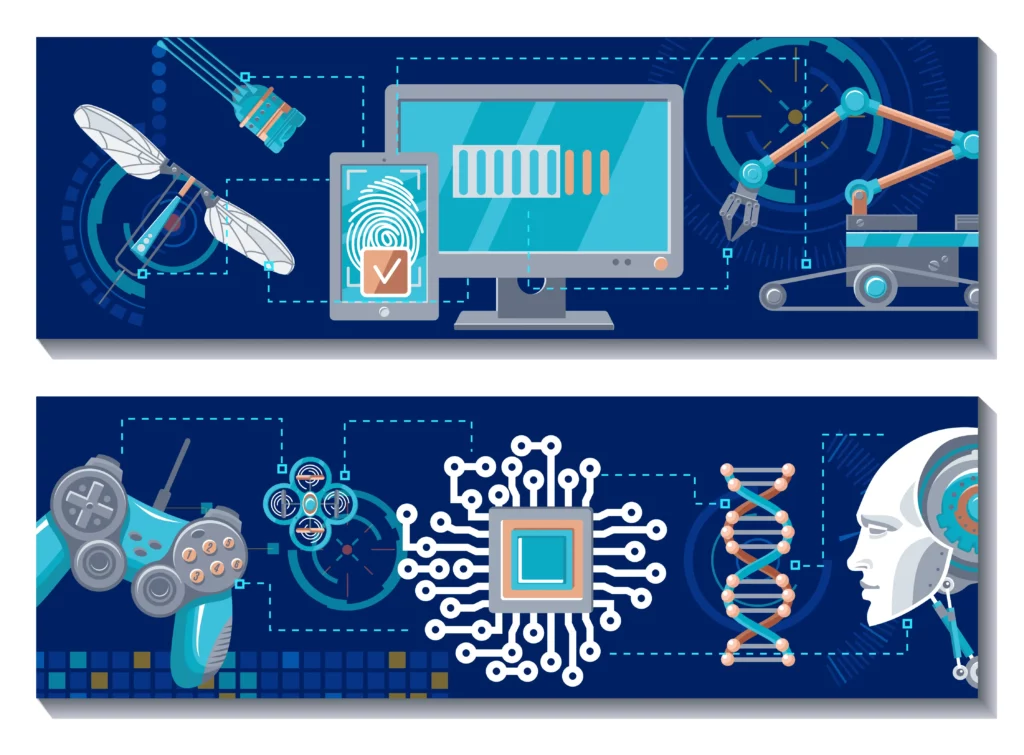Patent documents must be translated with precision to avoid legal disputes, rejections, or loss of patent rights.
Read on to explore why these translations are so demanding, how experts manage them, and what you should know if you’re entering this field.
1. Why Are Patent Documents So Difficult to Translate?
Patent documents combine legalese and technical jargon. As a general rule, they contain sections like claims, abstracts, and prior art that each require specific translation approaches. Translators must often deal with fields like biotech, mechanical engineering, or chemistry—each with its own terminology and syntax rules.
In total, it’s not uncommon for one patent document to involve 2,000+ unique terms, many of which don’t exist in general dictionaries. For example, the term “alkylation” in a pharmaceutical patent needs to match not just the chemistry but also the wording of similar patents in the target country.
According to the European Patent Office, “Terminological consistency and correct claim scope are essential to prevent litigation.” As a whole, a misstep in translation could render a patent unenforceable.
READ MORE:What’s the most difficult technical document to translate from Chinese?
2. What Makes Accuracy So Critical?
For example, the terms “comprising” and “consisting of” may look interchangeable to the untrained eye, but in patent law, their meanings are worlds apart. “Comprising” implies that additional elements may be present—it’s open-ended. “Consisting of,” by contrast, strictly limits the invention to the listed elements—no more, no less.
Such subtle distinctions can define the scope of protection. A mistranslation could unintentionally broaden or narrow the claims, triggering a rejection from the patent office or, worse, losing enforceability in court.
In a general rule, translators must cross-reference 5 to 10 previously granted patents in the same field—sometimes more—just to ensure the target phrasing aligns with established usage. This includes checking the language used in parallel filings under the Patent Cooperation Treaty (PCT) or in jurisdictions like the EPO or JPO.
3. What About Regulatory and Formatting Rules?
Each country follows strict standards

Claim numbering, section headings, and terminology must align exactly with these standards. Even a misplaced period or an incorrect label for a figure can result in delays or outright rejection.
In China, for example, the CNIPA has zero tolerance for vague modifiers, such as “about” or “substantially,” unless supported by specific examples or explanations. In contrast, such terms may be acceptable under U.S. practice. As a result, translators often work with bilingual patent attorneys to fine-tune phrasing.

As a whole, regulatory conformity is not just about presentation—it’s legal armor. One error can invalidate the entire application or slow down the granting process by months.
4. Are Machine Translations Used?
As a general rule, raw machine translations (MT) are never suitable for final patent submissions due to the high risk of errors, inconsistencies, and legal misinterpretations. Patent language is dense, context-sensitive, and full of domain-specific terminology, which MT engines often fail to handle correctly.
That said, technology still plays a supportive role. Many professional translators use CAT (Computer-Assisted Translation) tools such as Trados, MemoQ, or Wordfast. These tools help maintain terminological consistency, manage translation memories, and accelerate workflows—especially for large multilingual filings.
In total, using CAT tools can cut translation time by up to 20–30% while improving consistency across similar documents. However, every sentence is still reviewed and revised by a human expert, particularly the claims section, where even a single mistranslated term can shift legal scope dramatically.
On average, patent agencies maintain a bilingual database of prior translations to compare phrasing, especially when handling updates, divisional applications, or PCT national phase entries. As a whole, machine aid enhances productivity but cannot replace human precision when legal and technical accuracy is paramount.

5. What is one problem with international patents?
What is One Problem with International Patents?
One major issue is the lack of global uniformity in the patent process.
1. Different National Standards
Even if an international application is filed through the Patent Cooperation Treaty (PCT), each country examines the patent independently.
That means:
- What is patentable in one country may not be patentable in another.
- Different legal definitions, technical standards, and eligibility criteria apply.
2. Language and Translation Barriers
Each country may require translations into its official language.
This not only adds cost but increases the chance of:
- Terminology inconsistencies
- Legal misinterpretations
- Delays or even rejection
3. Time and Cost
In total, securing protection in multiple countries can take years and cost tens of thousands of dollars due to filing fees, attorney fees, and translation.
4. No True “Global Patent”
As a whole, the idea of a single, enforceable global patent does not exist.
Each national patent is legally independent, and must be defended, renewed, and enforced separately.
6. Who Can Officially Translate a Patent Document?
Ideally, certified translators with a STEM background and legal training. Many are former engineers or patent attorneys. On average, it takes 3-5 years of experience before a translator becomes proficient in this niche.
Navigating International Patents Isn’t Easy—But You Don’t Have to Do It Alone
From differing legal standards and formatting rules to language barriers and mounting costs, international patent translation is complex—and one mistake can cost you protection in a key market.
As a whole, securing global IP rights requires more than just translation—it demands strategy, precision, and local expertise.
our expert team is ready to help you ensure every word is right—everywhere.Let us handle the language, so you can focus on the innovation!
